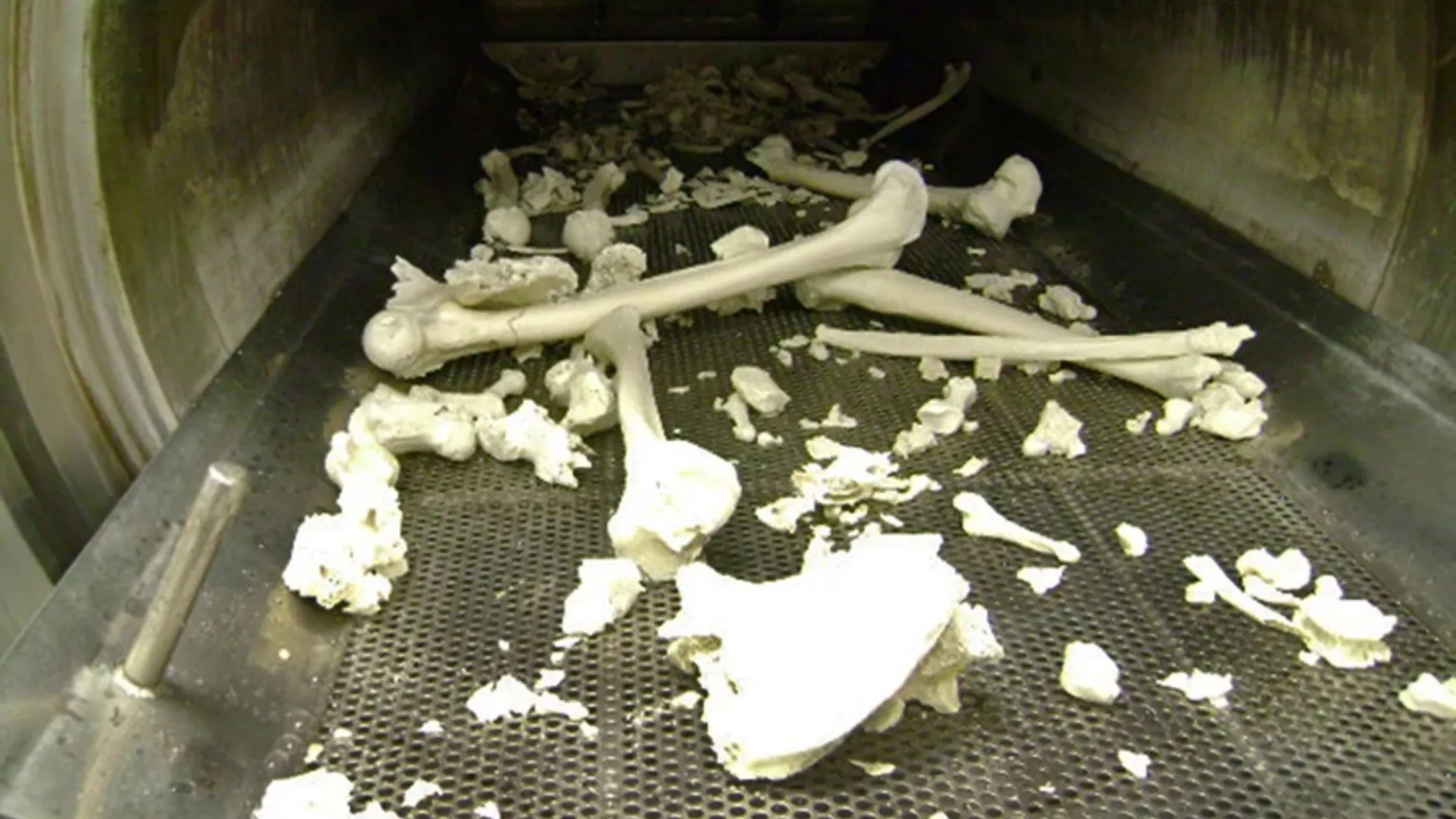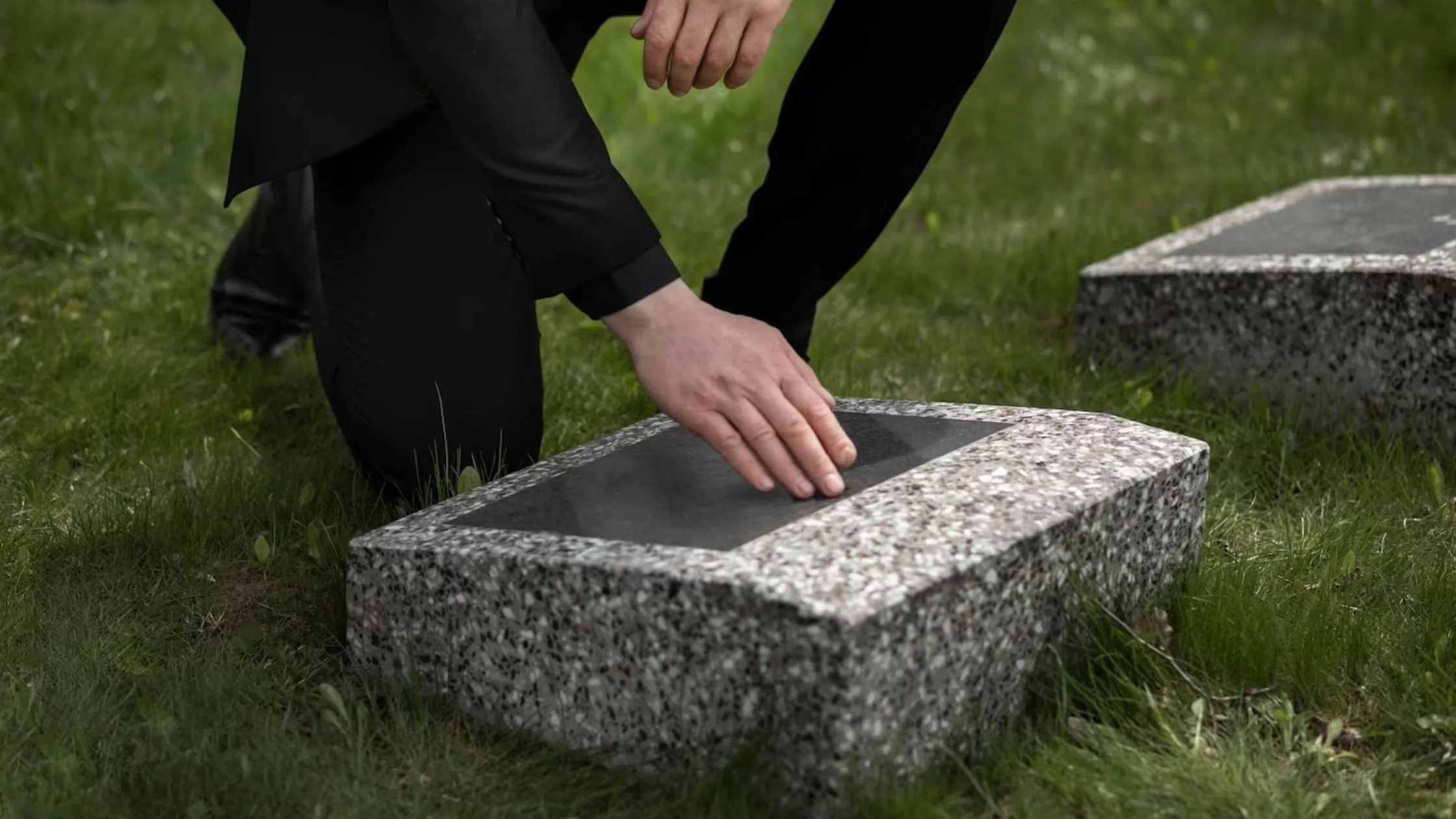The Clockwork of Cremation

Cremation is an old tradition meaning to say farewell to a person who has died. The process entails cremating the body. This is done by people from different cultures for pragmatic and weighty purposes. Another advantage of cremation over traditional burials is that it benefits the environment.
The question “How long does it take to cremate a body” looks into the specifics of this process starting from the origin. Families deciding what to do once a loved one has passed away would benefit from understanding this timeline. It will be a mixture of old traditions and modern ideas about what factors go into determining the time it takes for cremation to occur.
How long does it take to cremate a body
Understanding the Cremation Process
Cremation has several significant stages. Initially, the body is sent to the crematorium where it gets ready for being burnt. After that, the real cremation takes place in a dedicated chamber whereby the body faces high temperatures ranging from 1400 to 1800 degrees Fahrenheit. This section may last between thirty minutes and two hours. The length of time is influenced by variables such as the selected temperature and when it was done.
Many aspects influence the process duration. Size also matters, larger bodies taking longer. It also depends on the type of container used for cremation This includes regulations and operations of the crematorium, which is typically a period between seven to ten days. Cultural and religious aspects also play an important role in knowing the whole line of cremating a body.
Cremation Time Variability
Cremating a body can take anywhere from 30 minutes to two hours, and several factors contribute to this range. The body’s size and the type of container used for cremation are key influences. Bigger bodies may need more time for thorough incineration, affecting the overall process duration. The efficiency of the cremation container choice also matters, impacting the speed of the body turning into ashes. Additionally, the temperature chosen by the crematorium is another factor contributing to the variation in the overall time it takes for cremation.
Average Cremation Duration
The time it takes for cremation is usually between two to three hours. This time can vary based on different things like how the crematorium works, the rules they follow, and how well their machines work. Crematoriums want to make sure they do the cremation respectfully but also efficiently.
Most crematoriums stick to this time range as it helps them do a good job while also being quick. Things like the technology used in the cremation chamber, the skills of the staff, and the rules of the facility can make the time a bit different. It’s important to think about these factors when thinking about how long cremation takes and how they balance between doing it in a reasonable time and showing respect in the process.
Detailed Breakdown of Cremation Steps
The cremation process has a few clear steps:
- The body is made ready and put in a proper container.
- The prepared body goes into the cremation chamber for the actual cremation.
- High temperatures (1400- 1,8oo degrees Fahrenheit) are employed in which the body is converted into ashes. This process varies from 30 minutes to two hours, based on different factors such as the desired temperature and time of day.
- The ashes are gathered and processed to be given back to the family, finishing the cremation process.
Influence of Cremation Container Type
The kind of container used for cremation is really important in deciding how long it takes. Different containers can make the process faster or slower. Let’s look at some types:
Traditional Wooden Caskets:
These may take longer because wood needs more time to burn completely.
Cardboard or Fiberboard Containers:
These containers are made to burn easily, so cremation might be quicker than with traditional caskets.
Cremation Pouches:
These are simple and light, made for a faster process as they burn efficiently.
Ceramic or Metal Containers:
Materials like ceramic or metal can take more time to burn, making the overall cremation process longer.
Biodegradable Containers:
These containers are designed to be environmentally friendly and often burn efficiently, leading to a relatively shorter cremation time.
Technological Advances in Cremation
In today’s crematories, they use high-tech methods that make the process better. These advanced ways help control the temperature more precisely and are better for the environment. Machines now do a lot of the work, making the process more efficient and using less energy. This also means fewer people need to be involved.
The introduction of new technologies such as computers and digital tools allows for tracking everything. Families can see and understand the progress of cremation at every stage. These changes not only speeds up the process and puts reliability into it but also they are environmental friendly to put cremation on our planet.
Post-Cremation Processing Time
After the cremation, getting the ashes involves a few important steps. First, the leftover remains are gathered from the cremation chamber. Then, any metal or non-burnable materials like dental fillings are carefully taken out. The ashes go through a grinding process to make them finer and look like the familiar cremated remains.
When this is done, the ashes are placed in an urn or any other chosen container for family. This processing time can fluctuate, often occurring from four days to two weeks. The varying factors like the operating mechanisms of crematory, authorization process required and number of other cases in practice can influence how long it takes. During the latter stages of cremation, families can rely on proper treatment of their loved ones’ remains.





